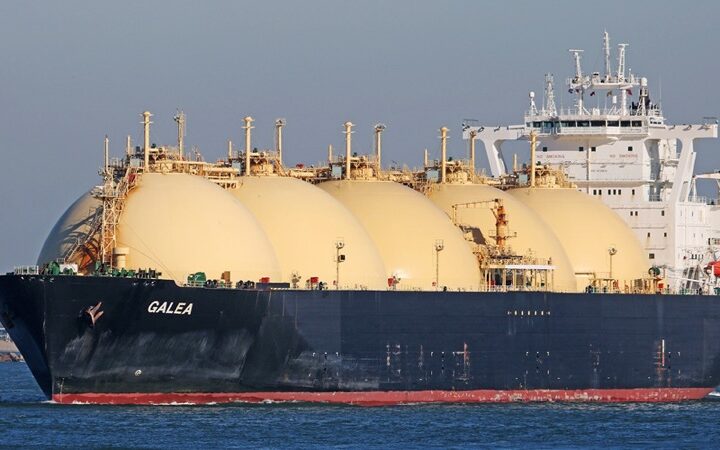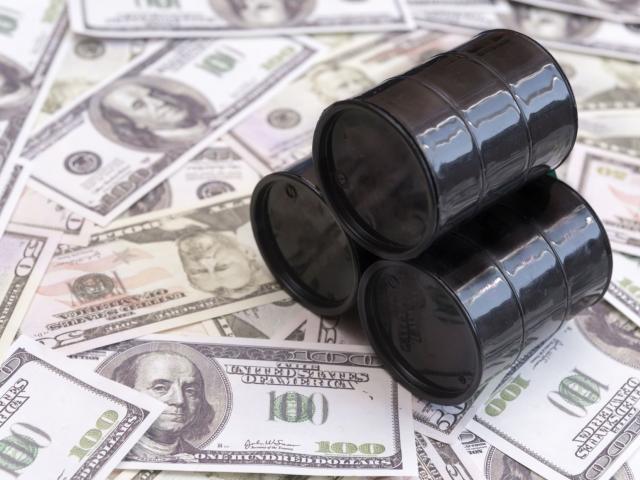.
Marcuard's Market update by GaveKal Dragonomics
Francois Hollande has rightly made it clear that France is at war. And wars cost a lot of money, as keeping an army in the field and airplanes in the air is expensive. There is a reason for the military adage “amateurs talk strategy; professionals talk logistics”.
Moreover, fighting a terrorist organisation involves both military costs and large domestic security costs. As such, the increase in security spending for the war against ISIS guarantees that France will fail to meet its European Union budget requirements for a long time to come; an increase in deficit spending that will rightly be mostly financed by European Central Bank money printing. The implication is that the financial cost of the increase in France’s defense spending will be shared across the eurozone.
But at this juncture, it looks like this is about all that will be shared. The events of the past ten days remind us that Europe’s institutions cannot cope with a crisis. Hence, the default mode of policymakers in such a situation is to fall back on individual nation-states. Hollande’s immediate reaction to the Paris attacks was to fire up the French jets before talking with any other European leaders (he met David Cameron on Monday and will see Angela Merkel on Wednesday). He also called for a closing of borders even though restrictions on travel within the Schengen Area ended 16 years ago.
This matters because economic growth derives from one of two sources. Either it comes from a rationalisation of talent (Ricardian growth), or it comes from new inventions (Schumpeterian growth). Of the two, Ricardian growth is easier to achieve. As barriers to trade, to the movement of people, or to the free flow of capital are dismantled, inefficiencies get squeezed out and growth can soar. Bearing this in mind, it is obvious that the primary engine of growth across Europe over the past few decades has been the constant drive towards unification.
In fact, we would go as far as to argue that between 1980 and 2010, one of the most prominent macro-trends globally was the incessant growth of what we came to call the “European Empire”. This search for empire took on many forms, from territorial expansion (mostly into Eastern Europe following the fall of the Berlin Wall), through efforts to establish common regulations for the telecom, financial, healthcare industries and other sectors, to the desire to forge an ever closer political union.
But building an empire is a costly business, which is why imperial projects always need their own currencies; no empire was ever built on someone else’s dime. The dream of European Empire therefore gave birth to the economic fallacy of the euro. As long as the European Empire remained in expansion mode, the euro itself — even though loaded with internal contradictions — was a structurally strong currency. As each new country was absorbed into the Empire, more companies needed euros for working capital, more individuals saved in euros, and more central banks padded their reserves with the common currency. In short, for 30 years the structural trend was towards increasing European integration, with Ricardian growth and greater euro use, as a consequence.
This past summer we argued that the best the European Empire could now hope for was to stall at its present borders (eastern expansion being blocked by Vladimir Putin and southern expansion towards Muslim lands being too complicated and controversial). However, with every crisis that hits Europe, it seems increasingly clear that “stalling” is the best-case scenario. Indeed, the growing European reality is the return of borders, of national preferences and of opt-outs. As such, one question we need to confront is whether the continued “shrinking” of the European empire will jeopardise Ricardian growth across the old continent. After all, while massive spending on border patrols, as well as long lines at border kiosks, may well be necessary, these undeniably represent unproductive spending, and a big loss in productivity.
 Which brings us to the euro exchange rate. After all, as the conservative French economist Jacques Rueff used to explain, a given exchange rate is the “gutter where a country’s unproductive spending ends up”. And with that in mind, everything that has occurred in the past few weeks has been extremely bearish for the European currency.
Which brings us to the euro exchange rate. After all, as the conservative French economist Jacques Rueff used to explain, a given exchange rate is the “gutter where a country’s unproductive spending ends up”. And with that in mind, everything that has occurred in the past few weeks has been extremely bearish for the European currency.
Indeed:
1) Wars cost money and wars financed by monetary printing, as the ECB is promising to do, seldom lead to a higher exchange rate.
2) The scaling back of Europe’s empire and the return of nation-states undermines the foundational principles of the euro and raises basic questions about its ability to generate productivity gains. And without productivity gains, an exchange rate seldom thrives structurally.
3) The recent divergence between the Federal Reserve’s promised tightening and the ECB’s promised easing should cap gains in the euro.
And yet, in spite of all this, the euro has held up decently well in recent weeks: it has yet to make a new low against the US dollar for the year (that happened in March) and in the last quarter it is actually up against most emerging market currencies. In other words, the euro is almost behaving like a stock that no longer falls on bad news. This may reflect exhaustion among sellers, or the fact that non-European firms have already hedged euro sales receipts, while every European producer is concomitantly hedging their US dollar costs. In other words, it may be that the market is quietly exhausting its pool of natural euro sellers. Either this or the unit is being held up by the capital flows of global investors for whom, according to all surveys, European equities are now the favourite overweight.
In any case, as was highlighted last week, on the basis of logic the euro should be weak. Worse still, the structural case for the currency continues to deteriorate. Now it could be that the euro’s inability to make new lows simply reflects its extreme weakness over the last year and existing market positioning. Alternatively, it could be that the currency markets are buying neither the Fed’s hawkishness, or the ECB’s dovishness. Whatever the reason, we are left with the uncomfortable quandary of a market price that is not behaving “as it should”. Indeed, there is little doubt in our mind that fundamentals point toward a weak euro for a long time to come. Nonetheless, does recent market behaviour, along with valuations, suggest that pressing bets on the euro-US dollar may no longer be opportune?







